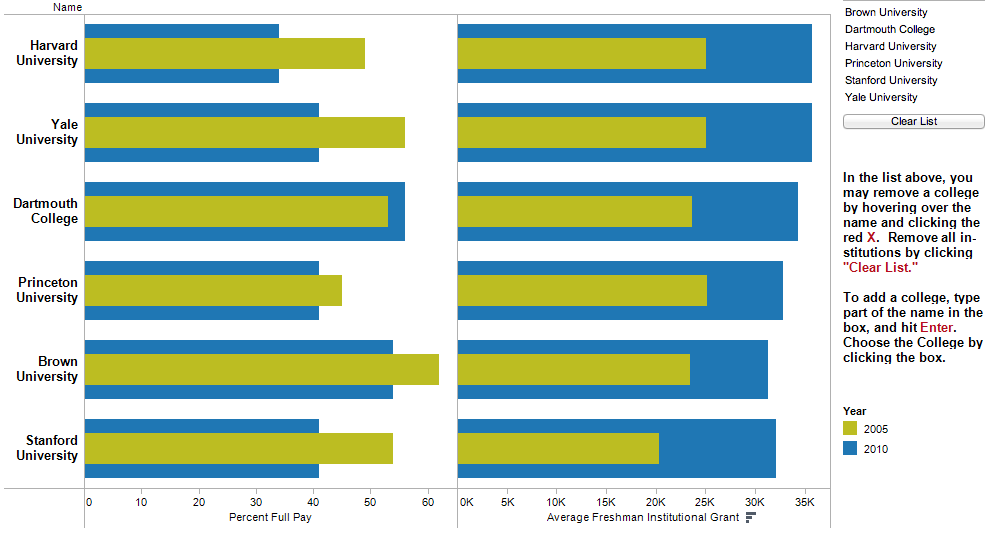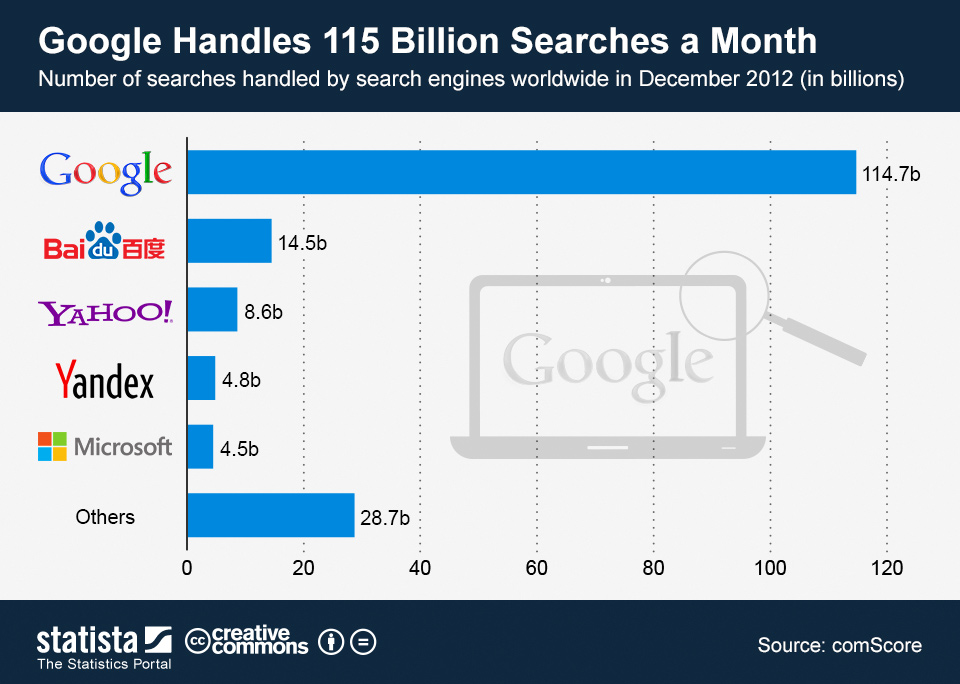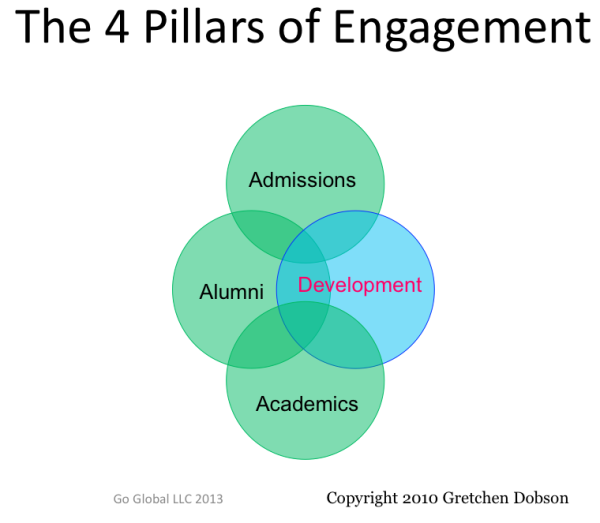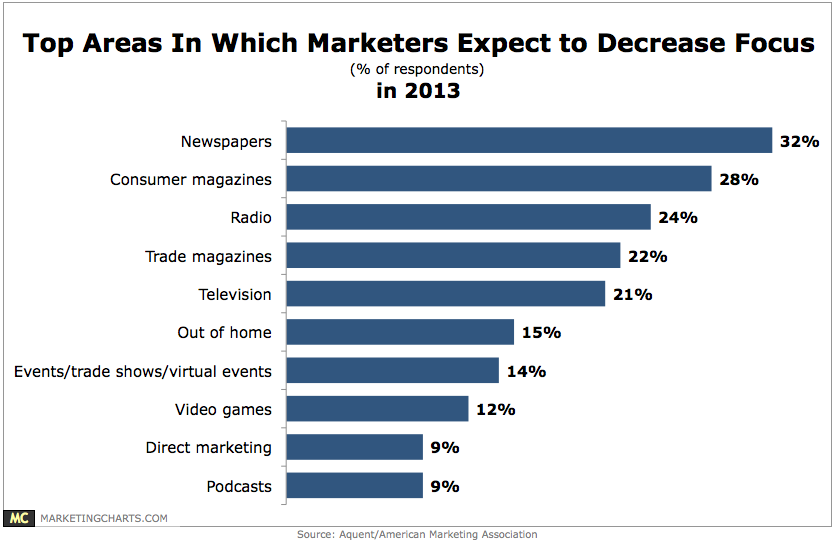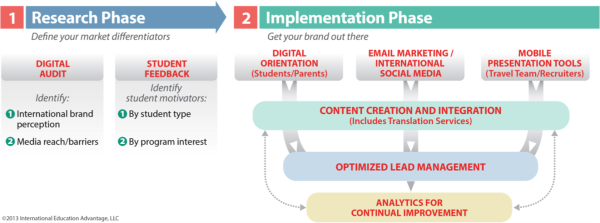You are reading an excerpt from our e-book "88 Ways to Recruit International Students" (Click here to read the entire book)
At our core we at Intead are a technology company dedicated to helping universities harness digital solutions for their recruitment and retention needs. Let’s be honest here, we love technology. We have been digital marketers for well over a decade now. And we’d love to encourage our readers (and clients) to better utilize options available today. Digital media offers powerful tools for optimizing your marketing over time based on trackable user behavior. Digital marketers can test and modify their messages to appeal to the right student and their parents. Tracking web traffic from the first unrecognized visit by a prospective student to the final step of enrollment can lead to cost reductions, efficiency gains and result in yield improvements.


